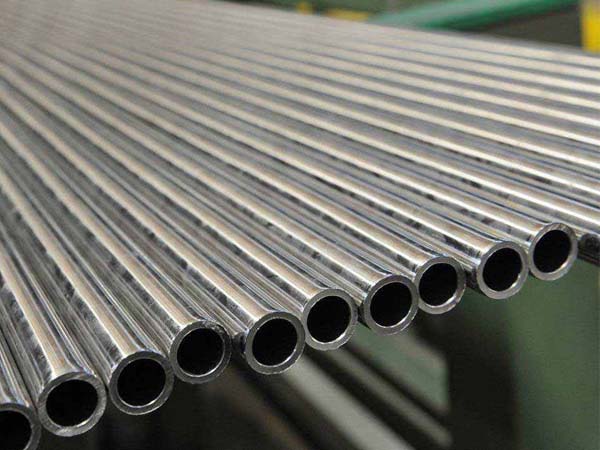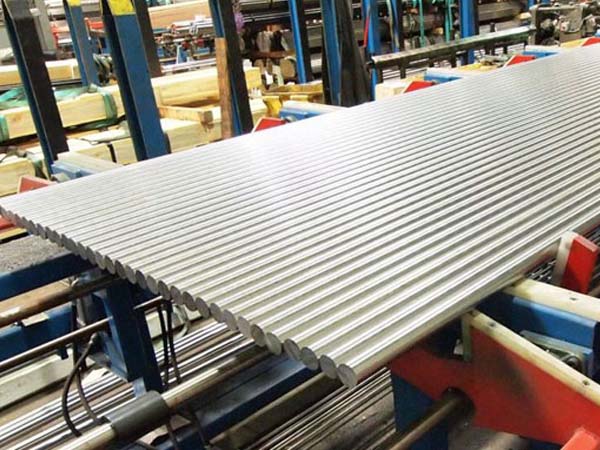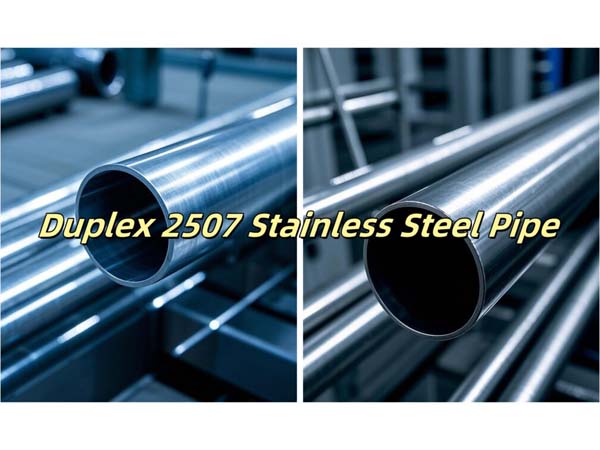





Phone
+86-731-82250427
Address
25th floor, C3 Building, Wanda Plaza, Kaifu District, Changsha, Hunan Province, China.
 Nov 11 2024
Nov 11 2024In today's era of heightened environmental awareness, the pursuit of sustainable materials has become a critical focus for industries worldwide. Among the array of options available, 431 stainless steel emerges as a standout contender, revered not only for its exceptional mechanical properties but also for its eco-friendly characteristics. This article aims to explore the green appeal of 431 stainless steel and its pivotal role as a sustainable solution in various industrial sectors.
At the core of 431 stainless steel's environmental allure lies its recyclability. Unlike many traditional materials that end up as waste in landfills, 431 stainless steel can be recycled and repurposed indefinitely without compromising its inherent strength and resilience. This recyclability factor aligns seamlessly with the principles of a circular economy, where resources are conserved and waste is minimized, making 431 stainless steel a beacon of sustainability in the materials landscape.
Beyond its recyclability, the environmental benefits of 431 materials extend to its ability to reduce the overall environmental footprint of industrial processes. By opting for 431 stainless steel, industries can effectively lower energy consumption, decrease emissions, and curtail waste generation. This reduction in environmental impact not only aligns with regulatory requirements but also demonstrates a commitment to sustainable practices that resonate with consumers and stakeholders alike.
The versatility of 431 stainless steel further enhances its appeal across a spectrum of sustainable industries. From renewable energy infrastructure to transportation applications, this material finds a myriad of uses where durability, corrosion resistance, and longevity are paramount. Its ability to withstand harsh environments while requiring minimal maintenance positions 431 stainless steel as a sustainable choice that promotes resource efficiency and long-term environmental stewardship.
In conclusion, the green appeal of 431 stainless steel underscores a paradigm shift towards eco-conscious engineering practices. As industries increasingly prioritize sustainability, the adoption of materials such as 431 stainless steel serves as a testament to their commitment to environmental responsibility. By embracing 431 stainless steel, businesses not only elevate their operational efficiency but also contribute to a cleaner, greener future for generations to come. This shift towards sustainable materials heralds a new era of responsible industry practices, where innovation and environmental stewardship go hand in hand to forge a brighter, greener tomorrow.
